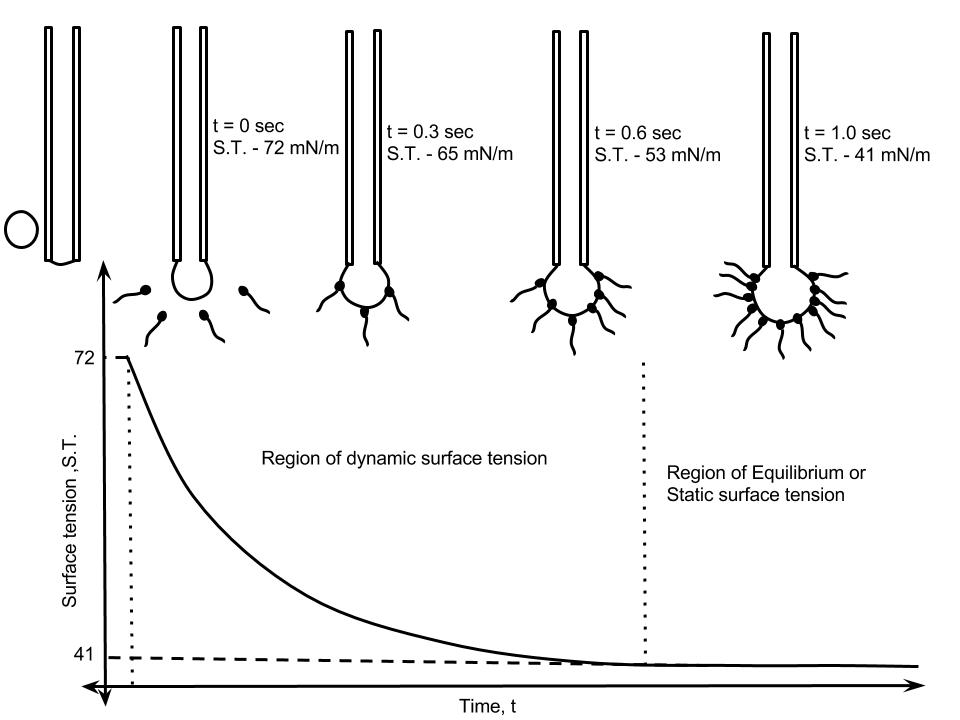Volume 13 issue 5
WHAT’S HAPPENING AT MISSOURI S&T (FORMERLY UMR):
SHORT COURSE DATES
We will be offering "Introduction to Paint Formulation" September 18-22 (Fall 2017). This course is intended to give the person a fundamental knowledge of how to approach a starting formulation and troubleshoot it. This course involves both lecture and laboratory work.
For more information see our web site at http://coatings.mst.edu and to register contact us at mstformulation@mst.edu or call 573-341-4419. **These courses are held on the Rolla Campus**
ONLINE SHORT COURSE
We are offering "Introduction to the Coating Systems" online short course. This course is targeted for automotive and aviation type OEM companies. This self-paced seminar will cover the painting system from the composition of paints to the evaluation of the dry film. The pigments, resin, solvents and additives will be discussed including their influence on the coatings performance. Color measurement, surface profile, and other evaluation criteria will be related to composition. The importance of surface preparation and other manufacturing criteria will show the system complexity and each step's importance.
We are offering "Surface Defects: Elimination from Human and Process Contaminants" online short course. This course addresses many of the issues in prevention and minimization of defects. The course covers the defects caused by the coatings process, as well as human issues, including personal care product causes. Several of the surface defects are discussed – from basic principles and real world automotive and aircraft examples. The highly practical approach of this course will greatly aid the personnel involved in the painting operation to reduce and systematically approach issues.
EMPLOYMENT TAB
We have started an employment section for our students and companies. We have a full time job section, an intern / co-op section and a graduating and alumni students section . Please explore our section on employment on our web site. Anyone wanting to have job opening listed, please contact us at (573) 341-4419 or e-mail: mstformulation@mst.edu . You can also write to us at Missouri S&T Coatings Institute, BOM #2, 651 W. 13th St., Rolla, MO 65409-1020. Our web site is http://coatings.mst.edu
TECHNICAL INSIGHTS ON COATINGS SCIENCE
Dynamic Surface Tension by Maximum Bubble Pressure Tensiometer
Ashish Zore, Graduate Research Assistant, Chemistry Department, Missouri S&T Coatings Institute
I. Dynamic Surface tension
The surface tension of a solution of a surface active agent, like surfactant in water, changes with the surface age or interface age. The usual discussion of surface tension is that of equilibrium surface tension which can be measured by many methods. Dynamic surface tension is a measure of surface tension with increasing surface age as a new surface forms. An example of this is shown below as a bubble forms at the end of a tube.

Fig. 1. Schematic of surfactant adsorption at the interface with time (Dynamic surface tension).
A freshly formed surface has a surface tension the same as the pure solvent. However, with time the surfactants start diffusing and adsorbing on to the air solution surface. This reduces the surface tension until the surface is saturated and the surface tension reaches the equilibrium value. The time required to reach the equilibrium depends on the diffusion rate and adsorption rate.
II. Maximum bubble pressure tensiometer
There are many instruments to measure dynamic surface tension like pendant drop, drop volume, etc. One of the instrument is maximum bubble pressure tensiometer. The instrument is shown below.

Fig. 2. Picture of Maximum bubble pressure tensiometer (PC500-LV) used for measuring DST. (Courtesy – Sensadyne)
The instrument has two capillaries of different diameters. Inert gas bubbles are blown into the sample solution. The pressure inside the bubble is measured at both the capillaries resulting in a differential bubble pressure which is directly proportional to the surface tension of the sample fluid.
III. Uses of Dynamic surface tension.
Dynamic surface tension, DTS, is an important property that governs many important industrial and biological processes. In the photographic industry the formulation of thin gelatin films needs high flow velocities, and therefore to prevent film deformation and irregularities, DST needs to be monitored during the fabrication process. It is also required in agrochemicals where fast wettability plays a role in the easy spreading of pesticides onto leaves. DST is also important in industries that produce metal, paper and textile. DST is also important in biological process of the lung, where it is necessary for effective functioning of the alveoli, and phospholipids are the main surface active ingredients. It is important in other emulsifiers, wetting agents and foaming agents used in paints, cosmetics, detergents, etc. Whenever surfactants are used, DST is an important property. In processes such as spraying, foaming, cleaning, printing, emulsifying or coating interfaces are produced extremely quickly. In such processes the kinetics of the interface formation is very important and not just the equilibrium value of the surface tension.
Reference - J. Eastoe, J.S. Dalton, Dynamic surface tension and adsorption mechanisms of surfactants at the air-water interface, Advances in Colloid and Interface Science, 85, 2000, 103-144
